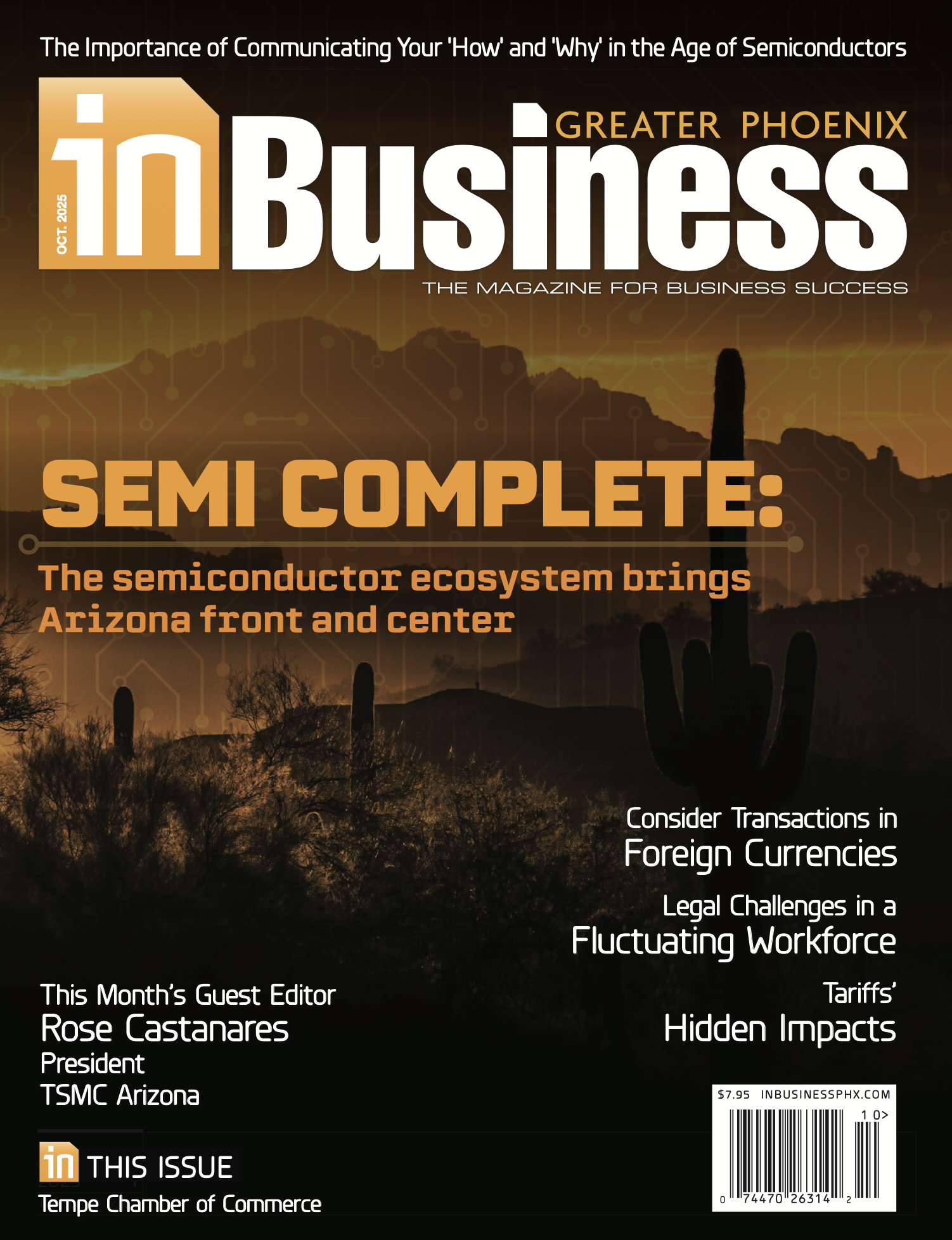 Asking for money seems to induce the same sweaty-palm anxiety associated with daring acts such as skydiving and swimming with sharks. Yet fundraising is a key responsibility for executives who serve as nonprofit board members.
Asking for money seems to induce the same sweaty-palm anxiety associated with daring acts such as skydiving and swimming with sharks. Yet fundraising is a key responsibility for executives who serve as nonprofit board members.
Some nonprofit board members don’t realize that fundraising encompasses much more than “the ask.” Board members can contribute in plenty of ways: opening doors to new relationships by making introductions; sharing personal stories with prospects about their love of the nonprofit they serve; supporting staff members and other board members; and even, yes, thanking donors. The key is, however, that all board members play a role in fundraising.
One path to developing better fundraisers is to clearly define expectations before recruiting new board members. The days of “a warm body will do” and “all you have to do is attend a few meetings” are over. Board members need to understand that they’ll be asked to work in support of the nonprofit’s cause and its financial health. In general, boards are expected to:
Oversee the organization’s overall fundraising efforts. The board’s role is not to write grants or supervise fundraising staff, but it is to lead a fundraising development committee (comprised of a few board members, possibly an outside community member, and a staff person) that annually assesses the nonprofit’s three-year fundraising goals.
Make a personal gift to the nonprofit. Even if the gift is modest in comparison with other board members, its unrestricted designation allows the organization to pay critical operating expenses. What’s more, the personal donation demonstrates
the board member’s commitment to the organization and its cause.
Solicit contributions from colleagues, friends and family. Even if the member’s circle of influence is not wealthy, those individuals can contribute limited but critical gifts and become long-term “friends” of the organization (introduced to the nonprofit in a less formal manner, such as in a small group, through social media or a written solicitation with a personalized letter).
Recruit qualified new members with the connections and leverage to guarantee successful fundraising efforts. Don’t shy away from affluent leaders out of fear and intimidation. Fundraising is about bringing a greater awareness of the organization to these individuals; these community- and industry-connected and financially able leaders who support the nonprofit’s mission may become its biggest cheerleaders.
Successful nonprofits share these anticipated responsibilities with board recruits through a clear position description and a commitment form that spells out expectations. The commitment form may address required attendance at special events and meetings, ongoing responsibilities within the organization and, often, a “give/get” component that outlines a combined dollar amount each board member is expected to give out of pocket and get through solicitations.
Variations to the “give/get” rule may be made based on a board member’s immediate financial situation or circumstance. The point is to have a process in place that spells out the board member’s role in fundraising so that he or she is not blindsided upon accepting the seat. Getting the right board members in place is key to the organization’s success.
Training the Board
While the successful nonprofit expects commitment from its board members, it also realizes the need to provide commitment back to its board — through orientation, training and ongoing education.
Impartial fundraising experts — from outside the organization’s staff or board — can offer new members a Fundraising 101 primer, introducing them to key fundraising strategies for the organization and in the nonprofit arena overall. They also may provide role-playing experiences designed to take the fear out of fundraising. The most effective exercises include written fundraising scenarios (provided in advance to board volunteers who may prepare beforehand) to be acted out in front of the board.
Creating a Culture of Philanthropy
When a nonprofit works to build a culture of philanthropy within the organization, the fear associated with fundraising can virtually disappear. In this fund development model, relationship building is considered everyone’s job — board members, staff, community members and volunteers. Moreover, donors’ needs are always put first; th ey are viewed as partners who help solve the challenges of the nonprofit, not just as sources of cash.
This subtle shift of mindset is often less intimidating for board members who may be wary of asking for donor funds outright, and a nobler way to garner support.
While board members in these supportive philanthropic cultures often thrive as fundraisers, it’s important to reiterate that every board member, no matter the organization, can play a productive fundraising role. Specific fundraising tasks may vary from nonprofit to nonprofit, but one thing will remain constant: The board member must convey his or her personal commitment and passion to the cause. That is the board member’s single most effective fundraising tool.
Tips for the Effective Ask
Before any board member approaches a prospective donor, he or she can reduce anxiety and increase success by following these simple steps:
Be Prepared
The nonprofit staff’s role is to ensure that board members have the necessary and most current information about the potential donor and her engagement with the organization. Study the reports provided by staff.
Know the donor’s capacity and personal situation: Is she supporting a dozen grandchildren with college expenses? Did her company do well last year? Is a loved one ill?
Have a specific ask amount in mind.
Personalize
Have a sense of her interests and tailor the message to those interests. Look to align the personal and professional “mission” of the donor with the mission of the organization.
Practice Patience
Once an ask is made, be quiet and listen. Resist the urge to fill the dead space. Let the donor process and reflect on the discussion and request.
Share
Each board member should be able to express what it is about the nonprofit that he or she is most passionate about. Identify the aspect that is personally most compelling and tell the donor.
Provide specific program details in a handout that outlines a menu of available ways to invest.
Remember, the board member is not asking for himself — he is asking for the organization, sharing how it positively impacts the community and the world and the donor’s own desires and interests.
Practice Proper Word Choice
Avoid phrases like “We want you to give” and “Could you give this?” Instead, consider phrases such as “Would you consider a ‘gift’ or ‘investment’ of …?”
Approach fundraising in terms of the donor’s investment in a shared community solution.
Jan Halpin is a principal with The Phoenix Philanthropy Group, an Arizona-based international consulting firm serving nonprofit organizations as well as institutional and individual philanthropists.


















